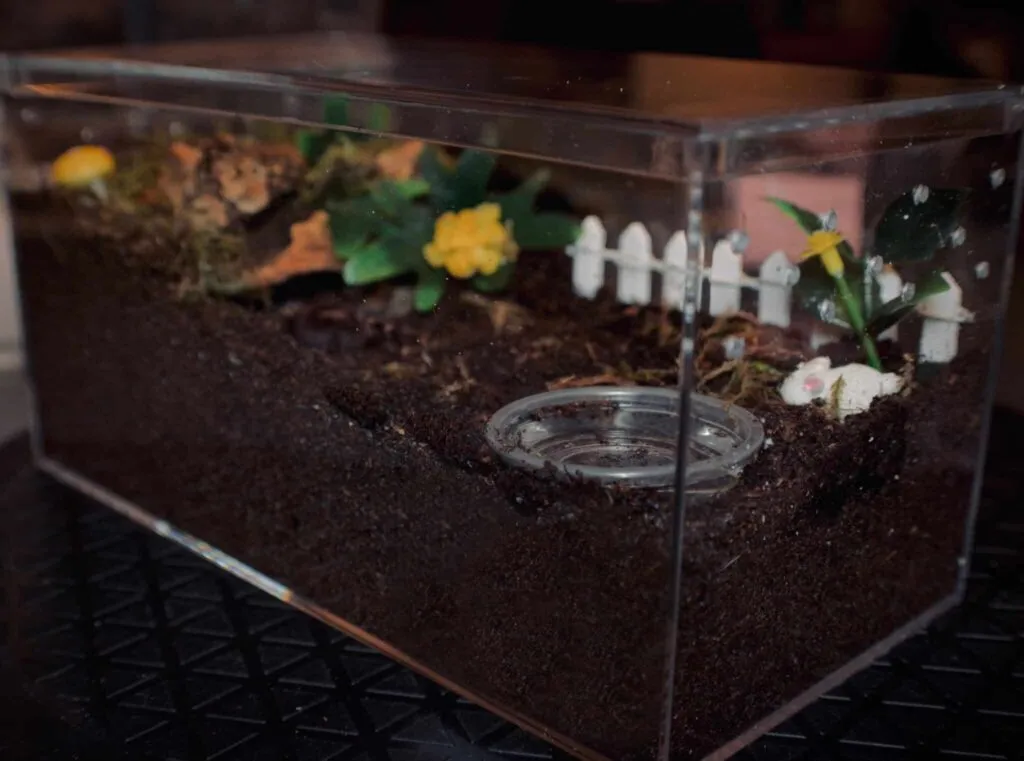Setting up a tarantula enclosure in the UK is an exciting venture, but it’s crucial to get it right. A well-designed habitat ensures your eight-legged friend thrives, promoting its well-being and allowing you to enjoy observing this fascinating creature. This guide provides seven essential tips to help you create the perfect tarantula enclosure, covering everything from size and ventilation to substrate and decoration. By following these guidelines, you’ll be well on your way to becoming a successful tarantula keeper in the UK, providing a safe and enriching environment for your pet.
Choosing the Right Tarantula Enclosure
Selecting the correct enclosure is the first and most critical step. The size, material, and design of the enclosure significantly impact the tarantula’s health and behavior. Consider the species, its adult size, and whether it’s a terrestrial, arboreal, or burrowing species. A poorly chosen enclosure can lead to stress, difficulty in molting, and even injury. The enclosure should be escape-proof, easy to clean, and allow for proper temperature and humidity control. Prioritize clear viewing panels for easy observation, and choose a material that is durable and safe for the tarantula, such as glass or high-quality acrylic. Proper planning at this stage will make ongoing care significantly easier.
Size Matters Choosing the Right Enclosure Size
The size of the enclosure is directly related to the tarantula’s comfort and ability to hunt and move around. The general rule of thumb is that the enclosure should be at least two to three times the tarantula’s leg span in width and length. The height is less critical for terrestrial species but essential for arboreal tarantulas, allowing them to climb and exhibit their natural behaviors. Overly large enclosures can sometimes make it difficult for smaller tarantulas to find food, while enclosures that are too small can restrict movement and cause stress. Always anticipate the adult size of your tarantula when choosing an enclosure, as they grow rapidly.
Consider the Species
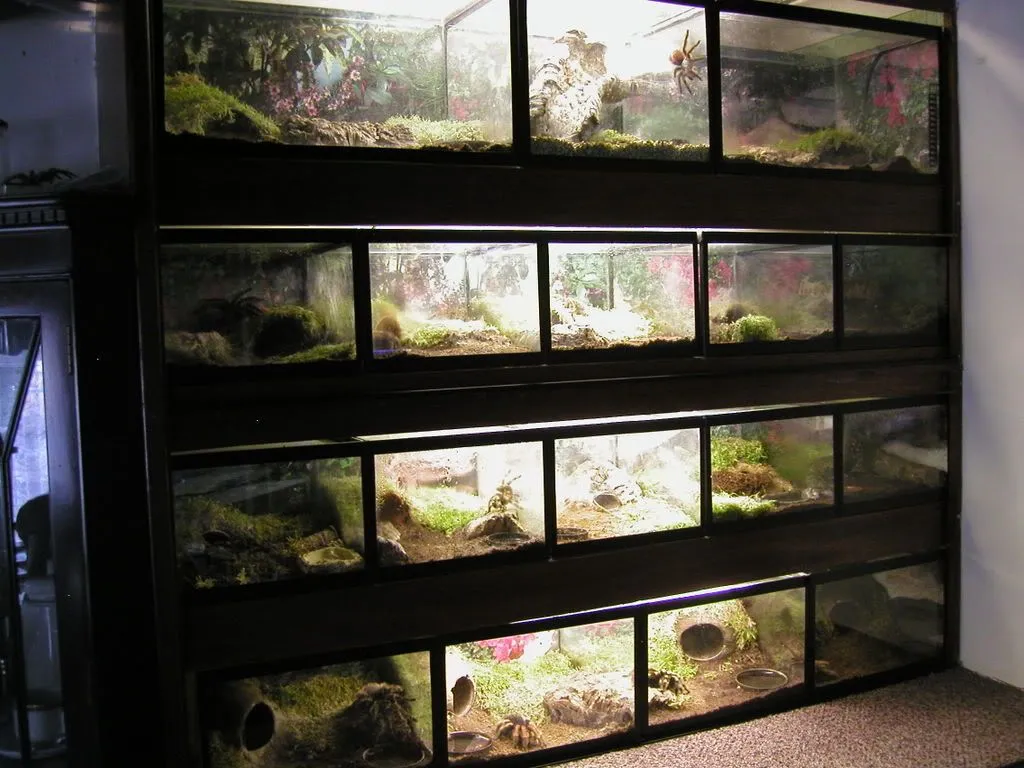
Different tarantula species have different requirements. Terrestrial species like the Chilean Rose Hair require more floor space and less vertical space. Arboreal species such as the Avicularia (Pinktoe) tarantulas need more vertical space with branches and climbing structures. Burrowing species, such as the many Brachypelma species, necessitate deep substrate for creating burrows. Researching the specific needs of your tarantula species is essential before setting up its enclosure. Factors like humidity, temperature gradients, and specific hiding places all vary depending on the tarantula’s natural habitat and lifestyle. Failing to consider these species-specific needs can result in an unhappy and unhealthy tarantula.
Ventilation is Key
Adequate ventilation is crucial for preventing mold and fungal growth, which can be detrimental to your tarantula’s health. Poor ventilation can also lead to a buildup of harmful gases and stagnant air, creating an unhealthy environment. The enclosure should have cross-ventilation, allowing air to circulate freely and maintain the appropriate humidity levels. This is especially important in the UK, where humidity levels can fluctuate significantly depending on the season. The ventilation design, along with regular spot cleaning and maintenance, contributes to a healthy and thriving tarantula enclosure.
Proper Ventilation Design
Effective ventilation typically involves a combination of top and side vents. Side vents near the top of the enclosure allow for airflow, while vents on the top prevent excessive humidity build-up. Ensure the ventilation holes are small enough to prevent escapes, but large enough to facilitate adequate airflow. Mesh vents can be used, but they should be made of non-toxic materials and be securely attached. The placement of ventilation is also important; avoid placing vents directly over a heat source or in areas where they can be easily blocked by substrate or decorations. Proper ventilation design is crucial for the long-term health of your tarantula.
Avoiding Drafts and Maintaining Humidity
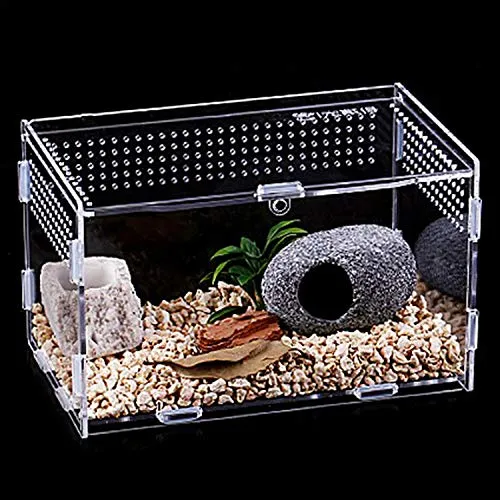
While ventilation is essential, you also need to protect your tarantula from drafts. Drafts can rapidly dry out the enclosure, creating an unfavorable environment for your pet. Monitor the humidity levels using a hygrometer and adjust ventilation as needed. Mist the enclosure regularly, if necessary, to maintain the correct humidity levels for your tarantula species. Combine the ventilation with proper substrate choices and water dish placement. Be cautious of extreme fluctuations in humidity, as these can negatively affect your tarantula. Observe the tarantula’s behavior; if it’s consistently at the top of the enclosure, it might need more humidity.
Substrate Selection
The substrate is the bedding material that lines the bottom of the enclosure and serves several crucial functions. It provides a surface for the tarantula to walk on, helps regulate humidity, and, for some species, allows them to burrow. The substrate also acts as a buffer against temperature fluctuations and provides a place for the tarantula to molt. Selecting the right substrate is therefore extremely important. The ideal substrate is non-toxic, holds moisture well, allows for burrowing (if needed), and is relatively easy to clean. Many UK keepers find a combination of substrate types to be ideal.
Ideal Substrate Types
A good starting point is a mixture of substrate types. Sphagnum moss is excellent for retaining moisture, while coco fiber or coconut husk is another popular choice for its moisture-retaining and odor-absorbing properties. Peat moss can be added to improve moisture retention and provide a slightly acidic environment, which some species prefer. Avoid substrates that can be harmful, such as wood shavings or cedar. These can release harmful chemicals and potentially irritate your tarantula. The key is to find a blend that meets the specific needs of your tarantula species, providing both moisture and structure.
Substrate Depth Requirements
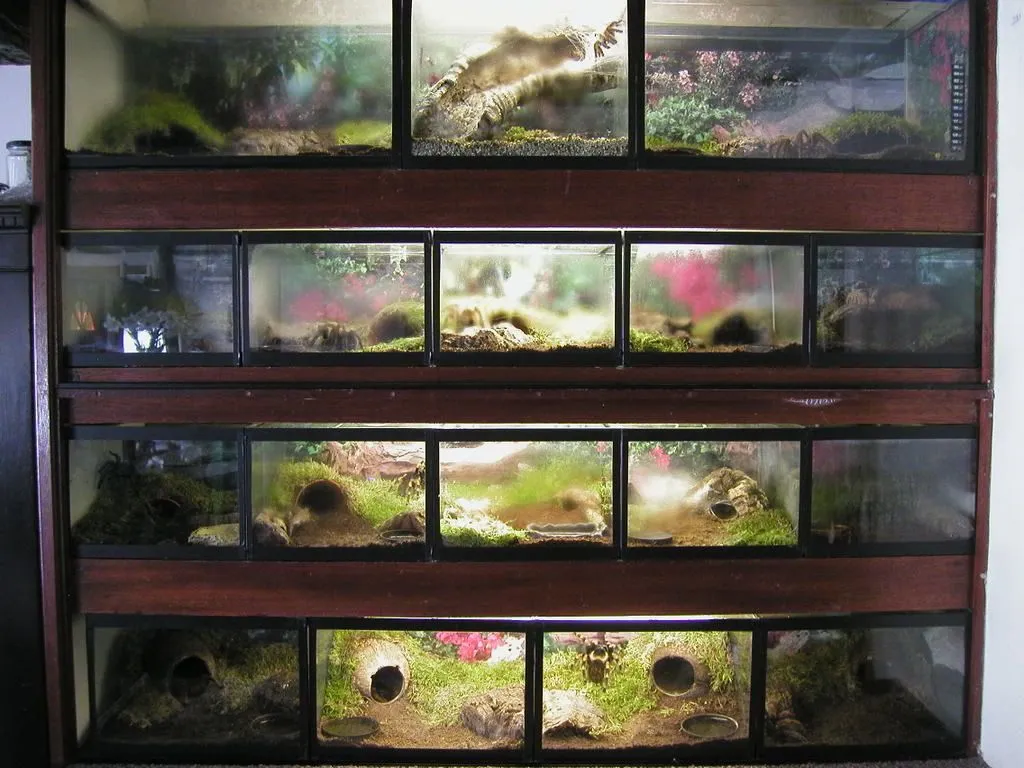
The depth of the substrate depends on the tarantula’s species and its burrowing behavior. Terrestrial species and those that don’t burrow generally need a substrate depth equal to their leg span. Burrowing species require a deeper substrate, sometimes as deep as the height of the tarantula’s body, to create tunnels and burrows. Check the species-specific information for your tarantula to determine the appropriate depth. Ensure the substrate is compacted enough to hold the burrows but not so compacted that the tarantula struggles to dig. Regular monitoring and occasional substrate changes are necessary to maintain a healthy environment.
Providing Hiding Places
Tarantulas are naturally shy and secretive creatures, so providing adequate hiding places is essential for their well-being. Hides offer security and reduce stress, allowing the tarantula to feel safe in its environment. Without a hiding place, the tarantula might feel exposed, leading to stress and a reluctance to eat. Providing a hide is one of the most important aspects of setting up the enclosure for your tarantula. The type of hide should also align with the tarantula’s natural behaviour and preferences.
The Importance of Hides
Hides provide security, which is paramount for tarantula well-being. They allow the tarantula to retreat from view when they feel threatened or when they are about to molt. They also act as a temperature buffer and can help maintain humidity by providing a shaded, moist microclimate. Without an adequate hide, a tarantula can become stressed, leading to a loss of appetite or behavioral changes. Ensure there is at least one hide for each tarantula in the enclosure, and consider providing multiple hides for added security and variety.
Types of Hides
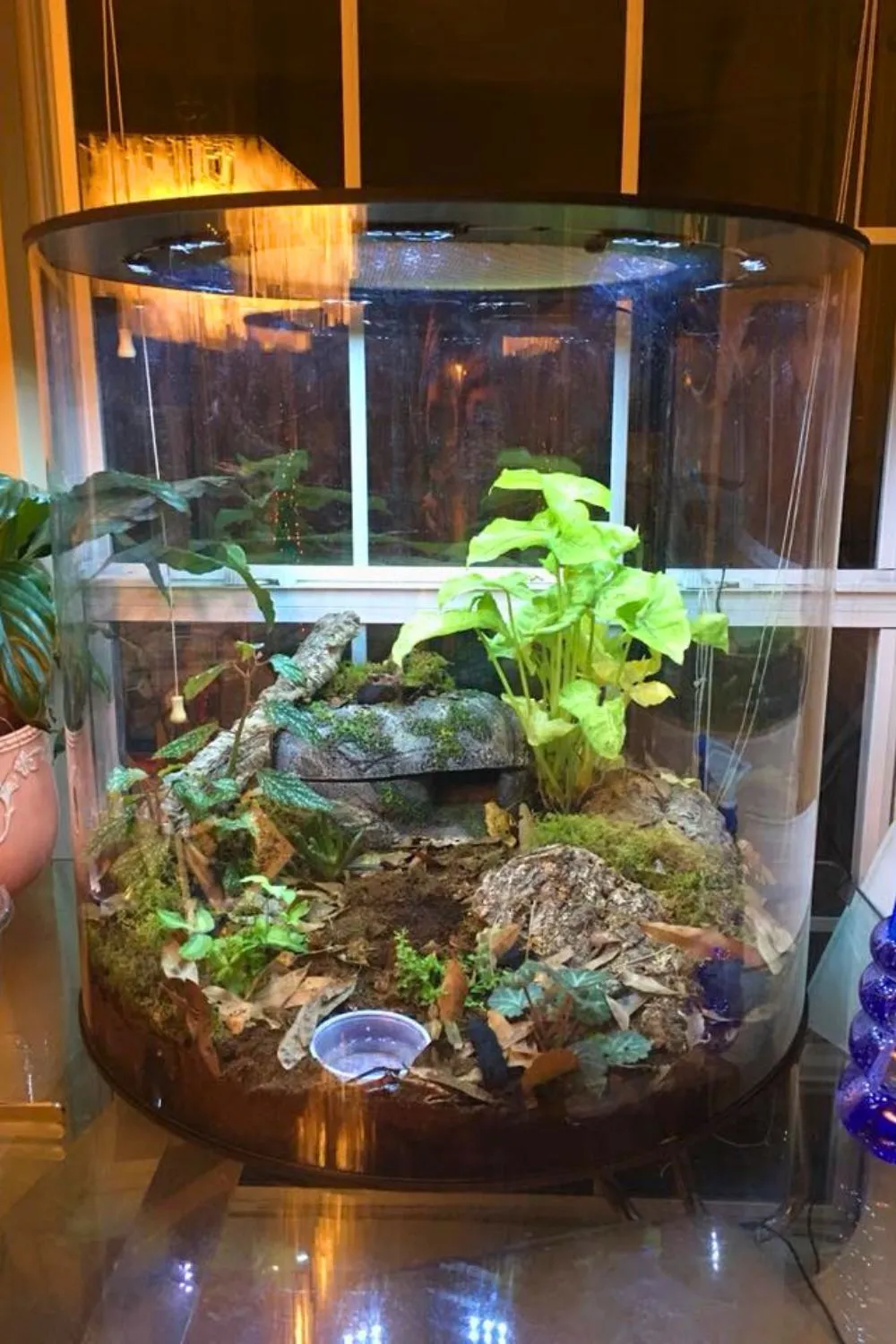
A variety of hide options are available. Cork bark is a popular and natural choice, offering a secure and aesthetically pleasing hiding place. Half-logs, flower pots, or commercially available reptile hides also work well. The hide should be large enough for the tarantula to fully fit inside. Ensure it’s sturdy and cannot tip over, potentially harming the tarantula. Provide hides that are suitable for the tarantula’s size and species. For arboreal species, vertical hides are preferable, and terrestrial species would benefit from a hide on the ground.
Temperature and Humidity Control
Maintaining the correct temperature and humidity levels is vital for the tarantula’s health. Tarantulas are ectothermic, meaning they rely on their environment to regulate their body temperature. Temperature affects the tarantula’s metabolism, activity level, and ability to digest food. Humidity is also crucial, as it assists with molting and overall hydration. The UK climate can vary, so monitoring and adjusting the enclosure’s environment is often necessary to ensure that conditions stay within the tarantula’s preferred range.
Maintaining the Right Temperature
The ideal temperature range varies slightly depending on the species. Most tarantulas thrive in temperatures between 21°C and 29°C (70°F and 85°F). A heat mat or a low-wattage heat bulb can be used to maintain this temperature, but be cautious to prevent overheating. Place the heat source on one side of the enclosure to create a thermal gradient, allowing the tarantula to choose its preferred temperature. Avoid direct heat sources, and always monitor the temperature using a thermometer. The best approach is gradual temperature changes and constant monitoring.
Monitoring Humidity Levels
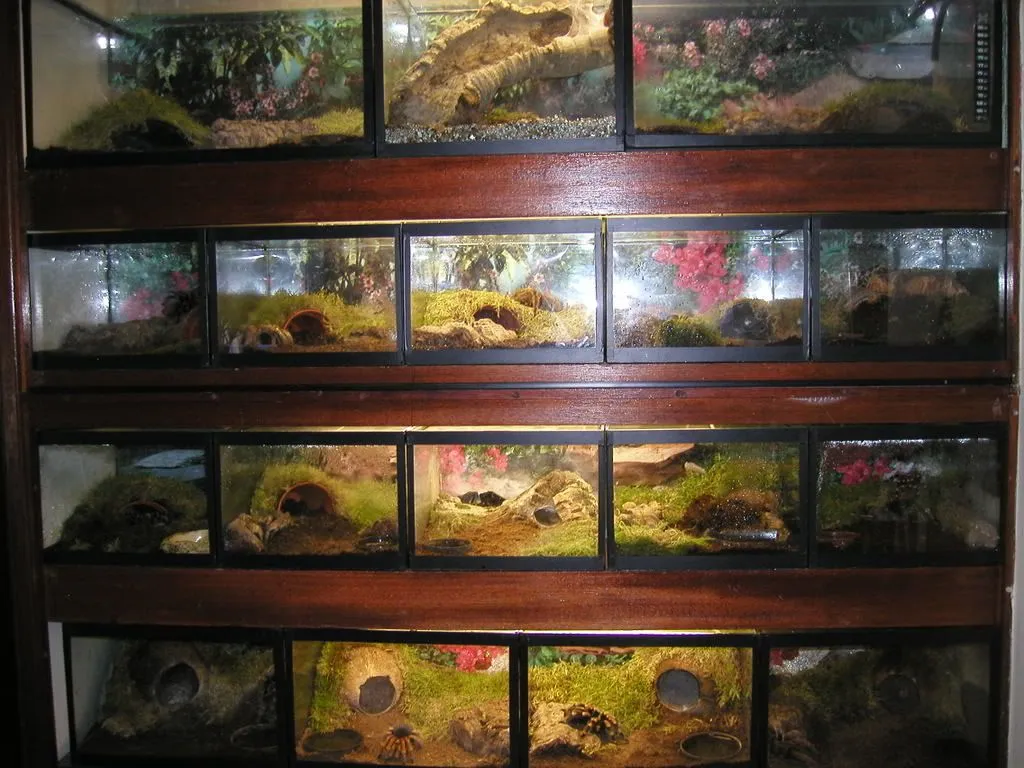
Humidity levels also play a pivotal role. Most tarantula species require humidity levels between 60% and 80%. Use a hygrometer to monitor humidity and adjust as needed. Mist the enclosure with dechlorinated water, but avoid over-misting, as this can lead to mold growth. The substrate also helps regulate humidity; choosing the right substrate mixture will make managing humidity easier. Regularly checking humidity levels and adjusting as necessary is key to providing a suitable environment for your tarantula. Ensure that there is adequate ventilation to avoid an environment that is too humid.
Water and Feeding
Providing fresh water and a balanced diet are two of the most important aspects of tarantula care. Adequate hydration is essential for the tarantula’s health and molting process. A well-nourished tarantula is more likely to thrive and display its natural behavior. The water source should be easily accessible and safe, and the tarantula’s diet should consist of appropriately sized insects. The frequency of feeding will vary depending on the species and the tarantula’s age.
Providing Fresh Water
A shallow water dish should be provided at all times. The dish should be shallow enough to prevent the tarantula from drowning. Use a non-toxic dish, and always fill it with fresh, dechlorinated water. Change the water frequently to prevent the growth of bacteria and algae. The water dish should be placed away from the heat source and should be easily accessible. A water dish is necessary for hydration and helps regulate humidity levels, especially in the UK’s dry seasons. Keep a watchful eye on the water dish to ensure it remains clean and full.
Feeding Your Tarantula
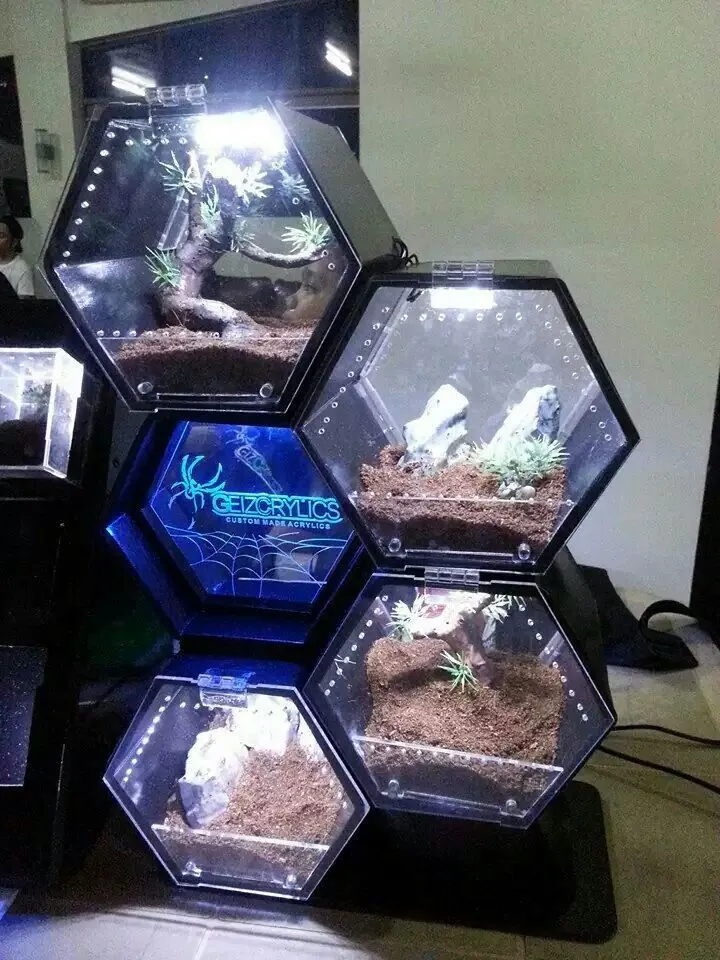
The diet of a tarantula typically consists of insects, such as crickets, mealworms, or roaches. The size of the prey should be appropriate for the size of the tarantula; generally, the insect should be no larger than the tarantula’s abdomen. Overfeeding can be detrimental, leading to health problems. Younger tarantulas need to be fed more frequently (once or twice a week) compared to adults (once every 1-2 weeks). Remove any uneaten prey within 24 hours to prevent them from stressing or harming the tarantula. Provide a varied diet to ensure that your tarantula receives all the necessary nutrients.
Decorating the Enclosure
Decorating the enclosure not only enhances its aesthetic appeal but also provides enrichment for the tarantula. Naturalistic decorations can replicate the tarantula’s natural habitat, allowing it to exhibit its natural behaviors. Decorations also provide climbing surfaces, hiding places, and environmental enrichment. However, the decorations must be safe and non-toxic, avoiding items that could potentially harm your tarantula. A well-decorated enclosure makes it more interesting to observe your pet.
Safe and Suitable Decorations
Choose decorations that are appropriate for the tarantula’s species and size. Cork bark, driftwood, and artificial plants are all excellent choices. Ensure the decorations are clean and free from any sharp edges or potential hazards. Avoid using decorations that are treated with chemicals, as these can be toxic. The decorations should also be securely placed so they don’t tip over or collapse. Consider the tarantula’s behavior when selecting decorations; for example, arboreal tarantulas will benefit from climbing branches.
Avoiding Toxic Materials
It’s essential to avoid materials that could be toxic to your tarantula. Do not use treated wood, painted items, or any decorations that could release harmful fumes. Ensure all materials are thoroughly cleaned before placing them in the enclosure. Research the safety of any decorations before adding them to the enclosure. Also, avoid the use of any sharp objects or materials that could pose a risk of injury. Careful selection of decorations ensures a safe and healthy environment for your tarantula.
Regular Cleaning and Maintenance
Regular cleaning and maintenance are crucial to maintaining a healthy environment for your tarantula. This includes spot cleaning to remove waste and uneaten food and occasionally changing the substrate completely. Regular maintenance helps prevent the buildup of bacteria, mold, and mites. A clean enclosure is less likely to harbor diseases and parasites. Establishing a regular cleaning schedule will contribute to the long-term health and well-being of your pet.
Spot Cleaning and Full Clean
Spot cleaning involves removing any uneaten food, feces, and other waste regularly. This should be done at least once or twice a week. A full clean, including a substrate change, should be performed every few months, depending on the species and the conditions of the enclosure. When spot cleaning, use non-toxic tools, and handle the tarantula carefully if it needs to be temporarily moved. When changing the substrate, remove all decorations and clean the enclosure thoroughly with a reptile-safe disinfectant. Allow the enclosure to air dry completely before replacing the substrate and decorations. A clean and well-maintained enclosure contributes to a healthy and thriving tarantula.
Checking for Hazards
Regularly inspect the enclosure for any potential hazards. Check for cracks, loose decorations, or any materials that could pose a risk to your tarantula. Ensure the enclosure is escape-proof. Check the ventilation holes to ensure they are clear and not blocked. Also, regularly monitor your tarantula’s health and behavior for any signs of stress or illness. Maintaining the enclosure is an ongoing process, but it’s critical to providing a safe and enriching environment. Promptly address any issues to maintain your tarantula’s well-being.
In conclusion, setting up a tarantula enclosure in the UK is a rewarding experience. By following these seven setup tips, you can provide a safe, enriching, and comfortable environment for your tarantula. Remember to consider the species-specific needs, provide proper ventilation, maintain optimal temperature and humidity, offer adequate hides, provide fresh water and food, decorate the enclosure safely, and maintain regular cleaning. With careful planning and consistent care, you can enjoy the fascinating world of tarantulas and create a thriving habitat for your eight-legged friend.
